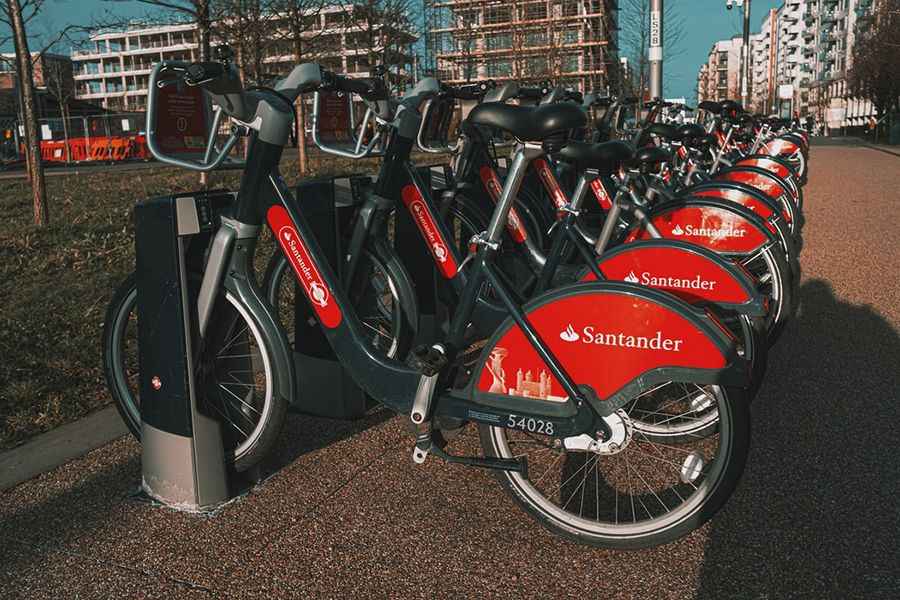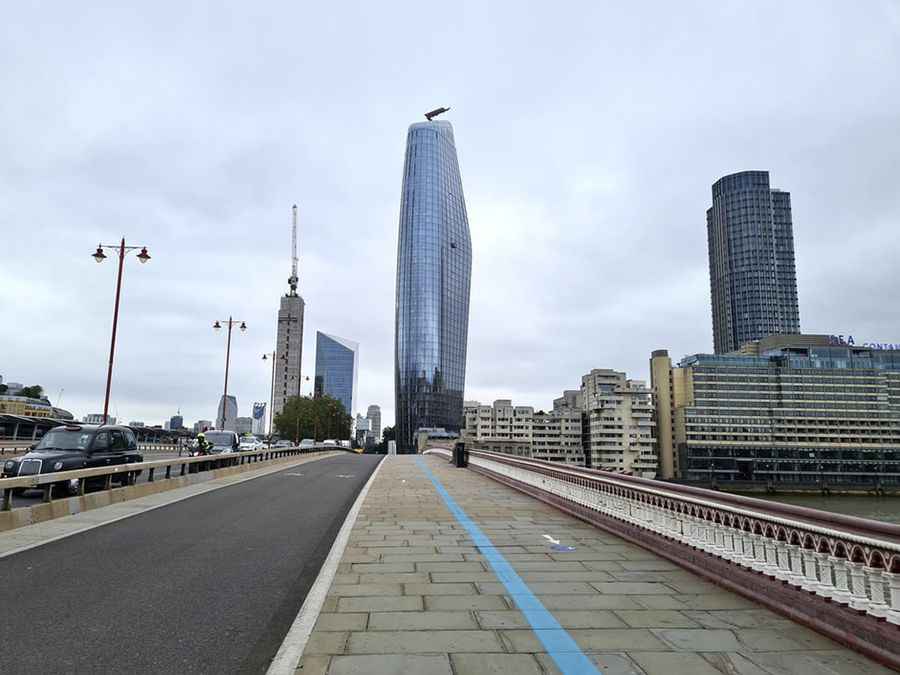London's Most Dangerous Roads for Cycling - And What's Being Done About Them?
London is famous around the world for the black cabs and bright red double-decker buses that line the city's streets. Getting around in London is almost always easier by public transport as the roads are often very congested.

Over the years, London's Mayors have attempted to improve the air quality in the city and make it easier for residents and visitors to get across the capital by imposing extra charges on drivers, improving public transport routes, and encouraging cycling.
Recent research has found that around one-third of people ride their bikes every month in the UK. In London, that would mean around 2.7 million people, though the figure is likely to be higher since the proportion of journeys made on bicycles is higher in the capital than in most other parts of the country.
However, if you’ve ever spent any time riding around the streets of London, you’ll know that it can sometimes be a little hairy. Thankfully, the city doesn’t have anything near some of the world’s most dangerous roads for cyclists, but it’s still a good idea to take care when navigating them.
New infrastructure that separates cyclists and other vehicle traffic has been shown to help improve safety, with Transport for London continuing to segregate the different types of road users where possible. A study by Thomas Adams and Rachel Aldred in 2020 found that this kind of infrastructure can reduce the odds of a cyclist being injured while riding by as much as 65%.
Unfortunately though, there are many dangerous roads within the capital and much more work is needed to improve the safety of road users. Here are some of those areas that could do with an upgrade and some that have recently been improved after a spate of incidents.
Trafalgar Square
Trafalgar Square is one of London’s busiest tourist attractions. Several times a year, the pedestrianised area is filled with people protesting, celebrating, or attending other events. The rest of the year, it’s packed full of tourists coming to take photos of the famous lions, Nelson’s Column, the fountains, and the empty fourth plinth.
The roads that navigate traffic around the square are just as busy, with buses, cars, taxis, and cyclists all trying to get through the congestion, stay in their own lanes, and avoid the crowds of tourists who either ignore or fail to see the crossing lights telling them to keep out of the road.
Due to all of this, the tourist hotspot is also an accident hotspot and it continues to lack a dedicated cycle lane.
Rotherhithe Roundabout and Jamaica Road
Bermondsey is a busy area with traffic jams almost a given at any time of the day. For years, locals have been pointing out the dangers of the Rotherhithe Roundabout for all of its users, but particularly cyclists.
In early 2020, their calls were finally answered when a newly re-designed roundabout was opened as part of the construction of the Cycleway 4 route. The roundabout separates vehicles from cyclists and pedestrians, creating a way for those on bikes to completely avoid the chaos and congestion of the roundabout and use designated crossing points with traffic lights.
Towards the end of the year, more than two miles of segregated cycle lane were opened on Jamaica Road, further improving safety for cyclists and contributing to a reduction in accidents in the area..
Elephant and Castle Roundabout
In 2015, Elephant and Castle Roundabout was deemed to be the “worst in London for cyclists”, with some giving it the nickname of “Tour De Danger”. Between 2009 and 2013, there were 80 “traffic incidents” that involved cyclists, significantly more than any other part of the city.
The problem with the roundabout was that it was too small and had too many different ways for traffic to go. Today, it has been replaced by “The Bend”, which creates two-way traffic that is segregated in several places.
Cyclists have also been given their own separate part of the road with a raised cycle lane that runs on the inside. This has significantly reduced the number of accidents recorded in the area, helping it to slide down the list of dangerous roads in London.
